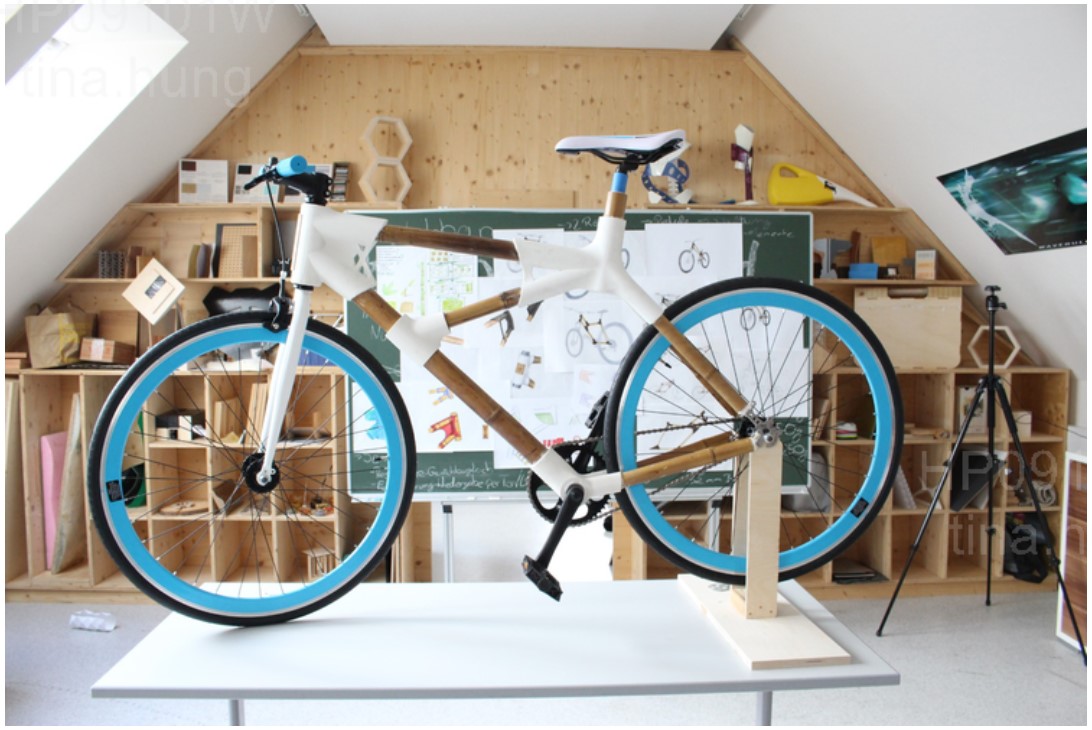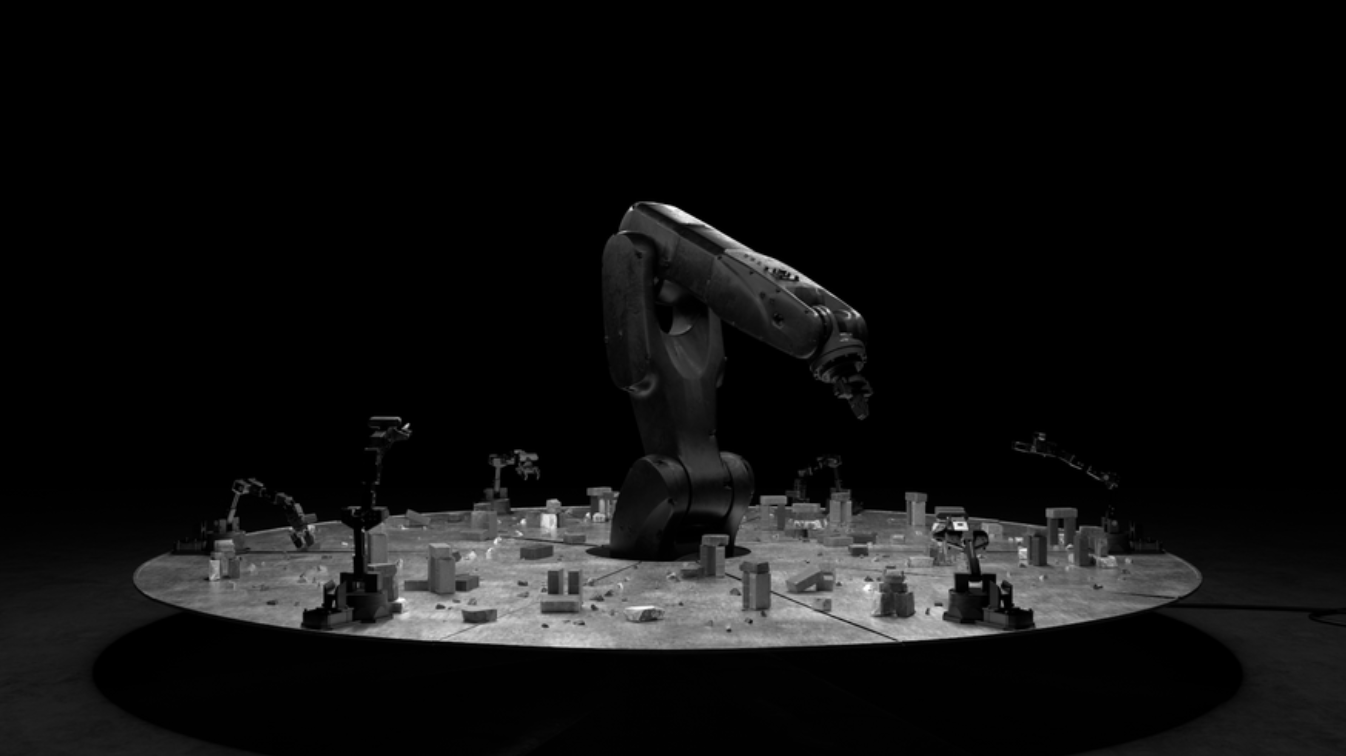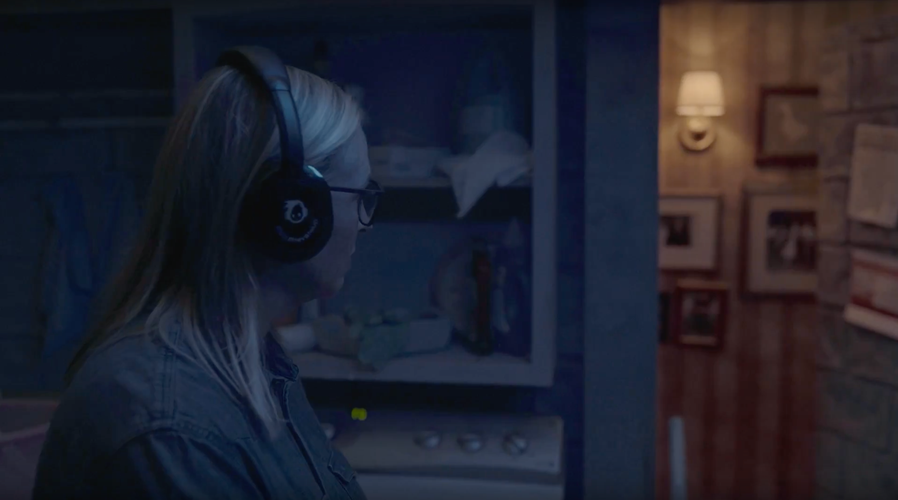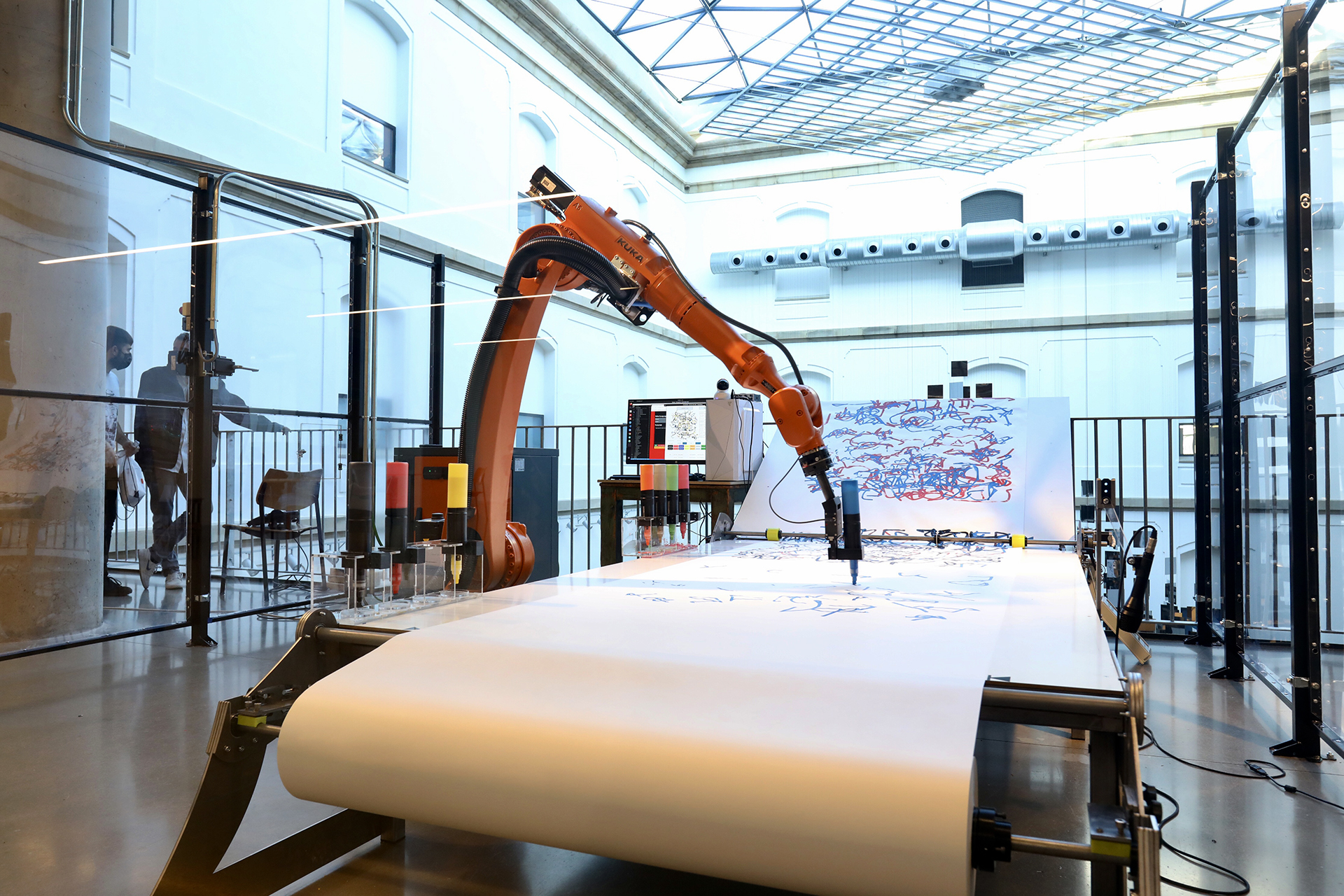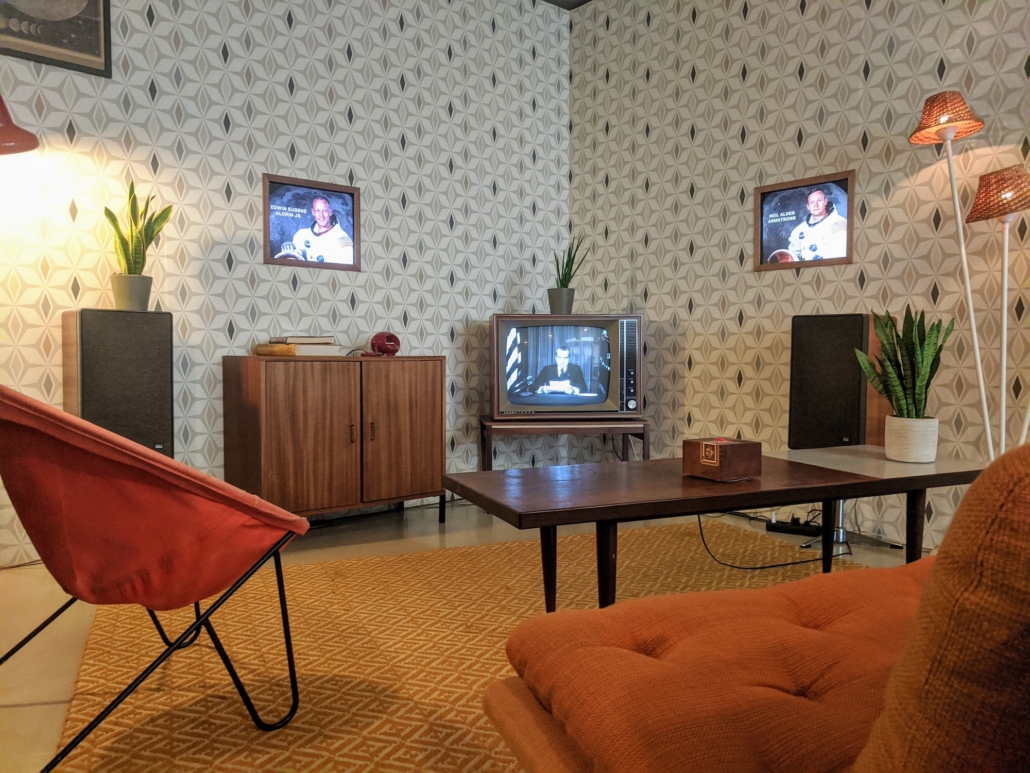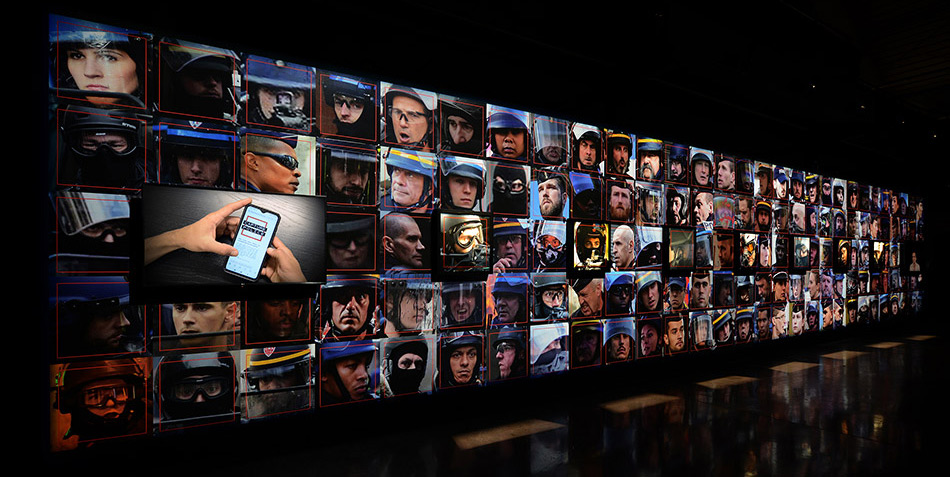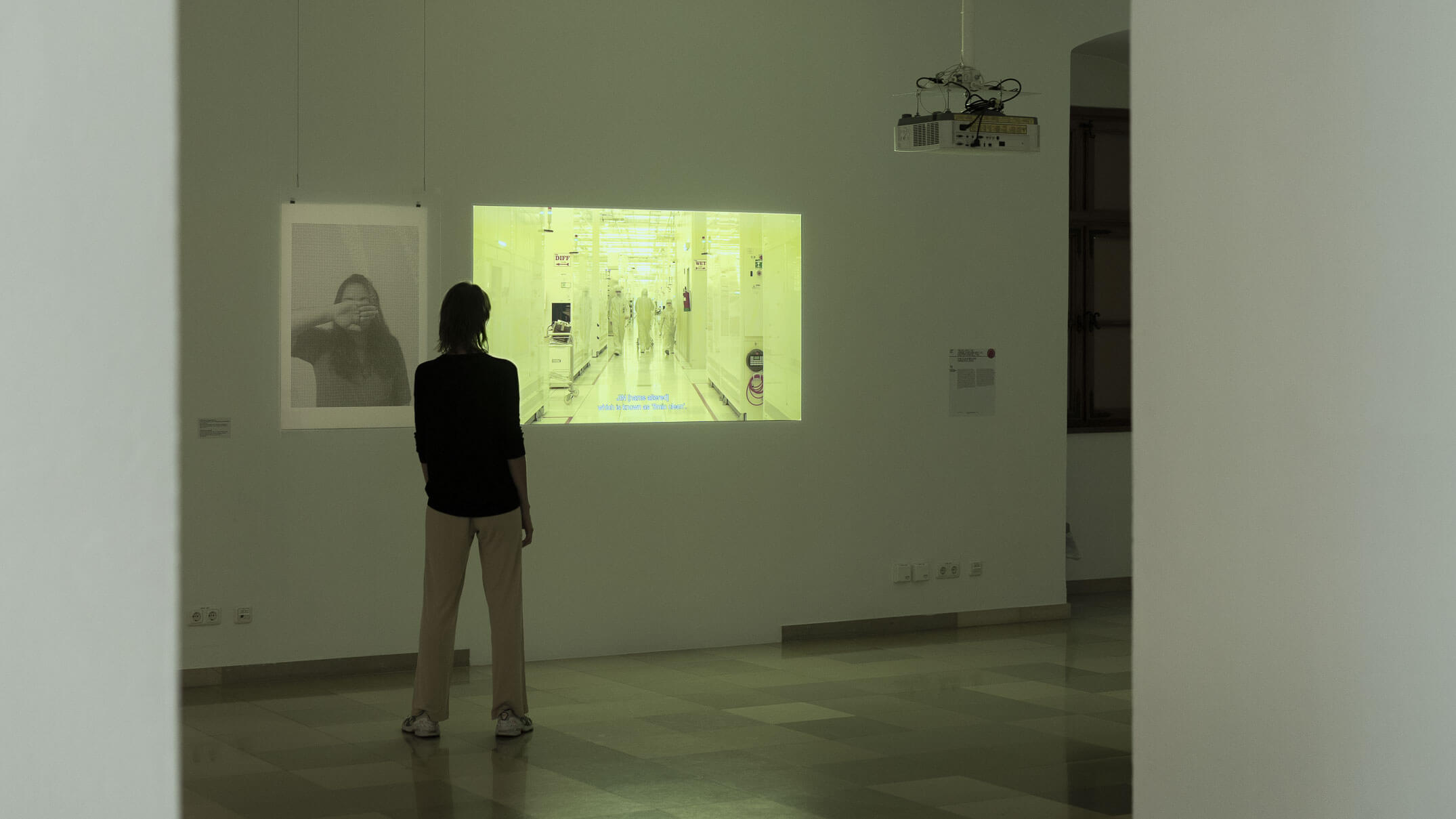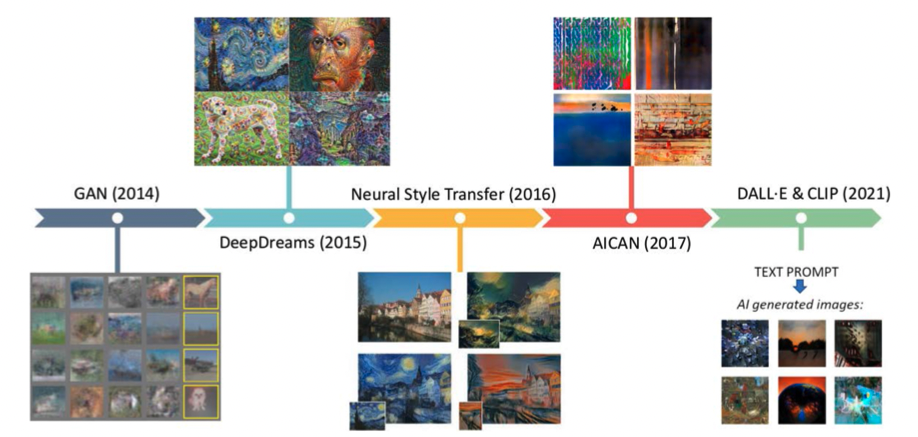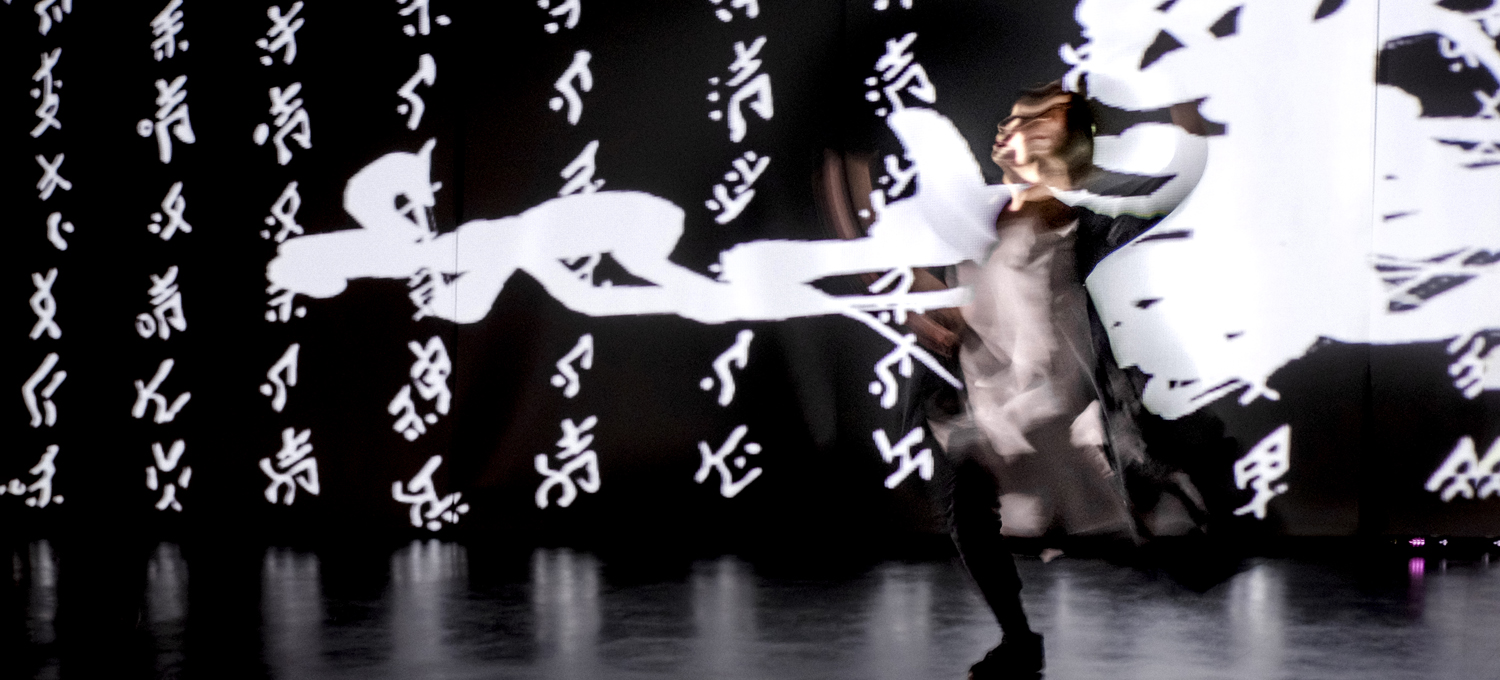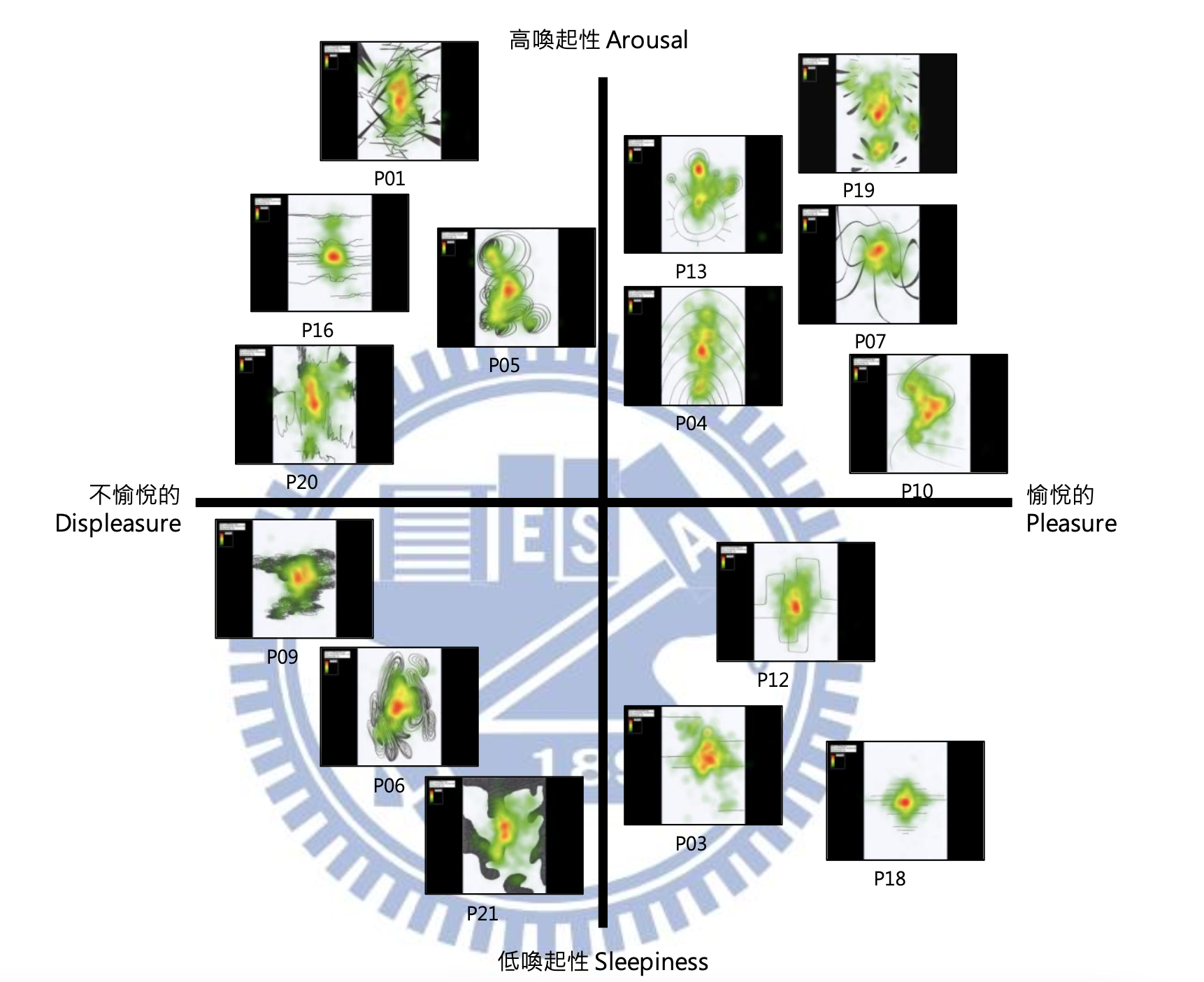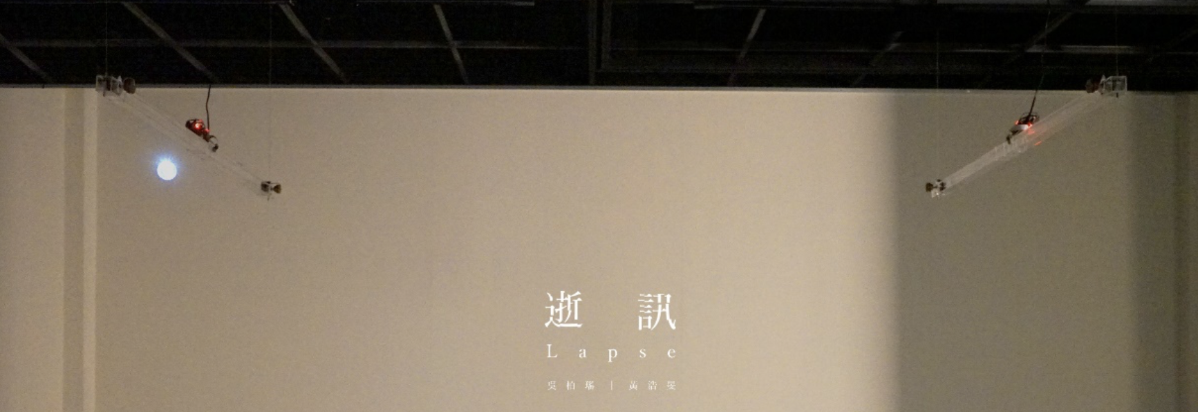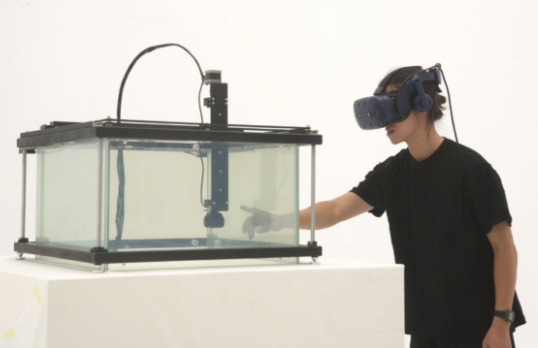論文名稱:MagnetIO:Passive yet Interactive Soft Haptic Pathes Anywhere
論文作者:Alex Mazursky, Shan-Yuan Teng(鄧善元), Romain Nith, Pedro Lopes
論文來源:ACM Siggraph 2021 Emerging Technologies
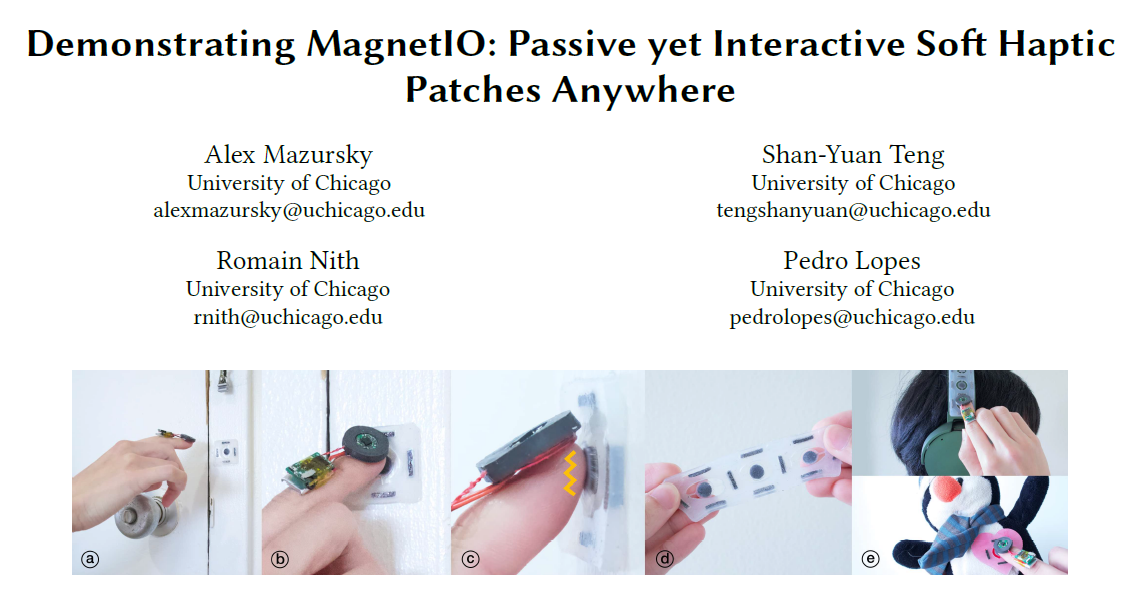
ABSTRACT
We propose a new type of haptic actuator, which we call MagnetIO, that is comprised of two parts: one battery-powered voice-coil worn on the user’s fingernail and any number of interactive soft patches that can be attached onto any surface (everyday objects, user’s body, appliances, etc.). When the user’s finger wearing our voice-coil contacts any of the interactive patches it detects its magnetic signature via magnetometer and vibrates the patch, adding haptic feedback to otherwise input-only interactions. To allow these passive patches to vibrate, we make them from silicone with regions doped with polarized neodymium powder, resulting in soft and stretchable magnets. This stretchable form-factor allows them to be wrapped to the user’s body or everyday objects of various shapes. We demonstrate how these add haptic output to many situations, such as adding haptic buttons to the walls of one’s home. In our technical evaluation, we demonstrate that our interactive patches can be excited across a wide range of frequencies (0-500 Hz) and can be tuned to resonate at specific frequencies based on the patch’s geometry. Furthermore, we demonstrate that MagnetIO’s vibration intensity is as powerful as a typical linear resonant actuator (LRA); yet, unlike these rigid actuators, our passive patches operate as springs with multiple modes of vibration, which enables a wider band around its resonant frequency than an equivalent LRA.
KEYWORDS
soft magnets, ubiquitous haptics, fabrication



